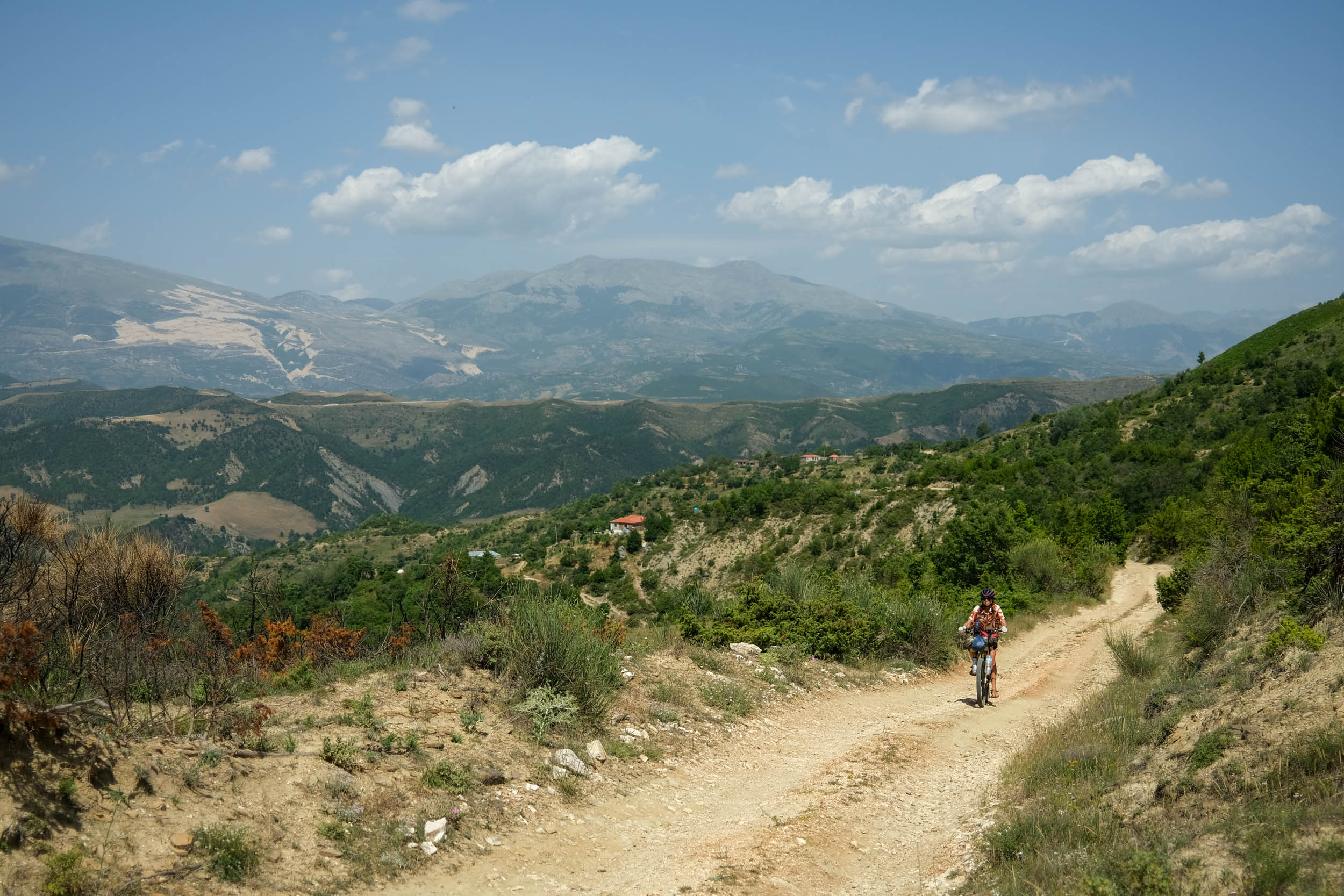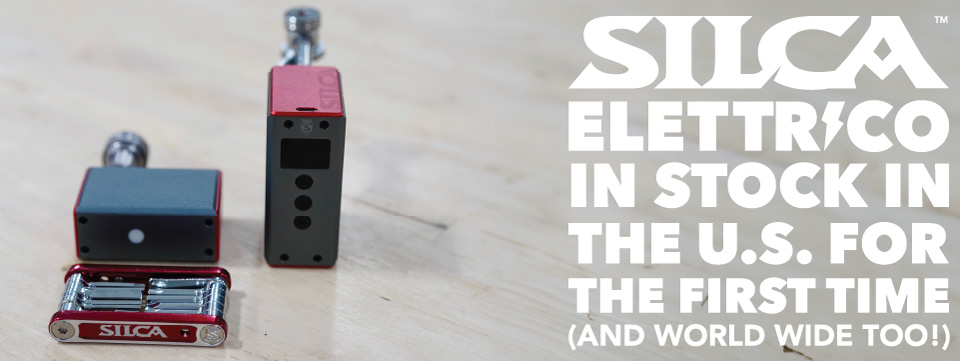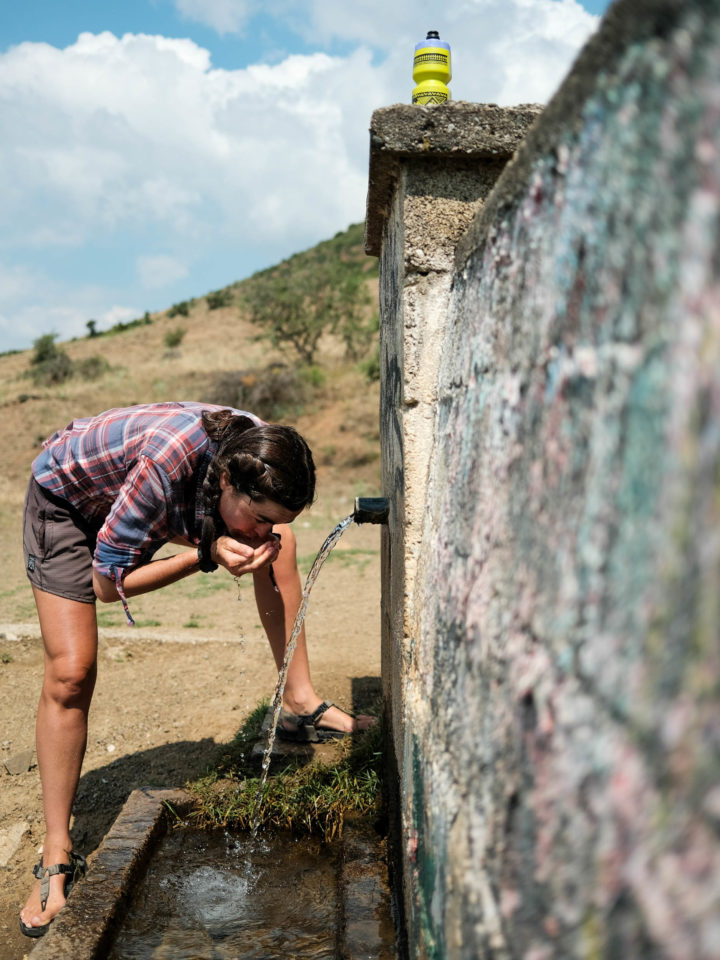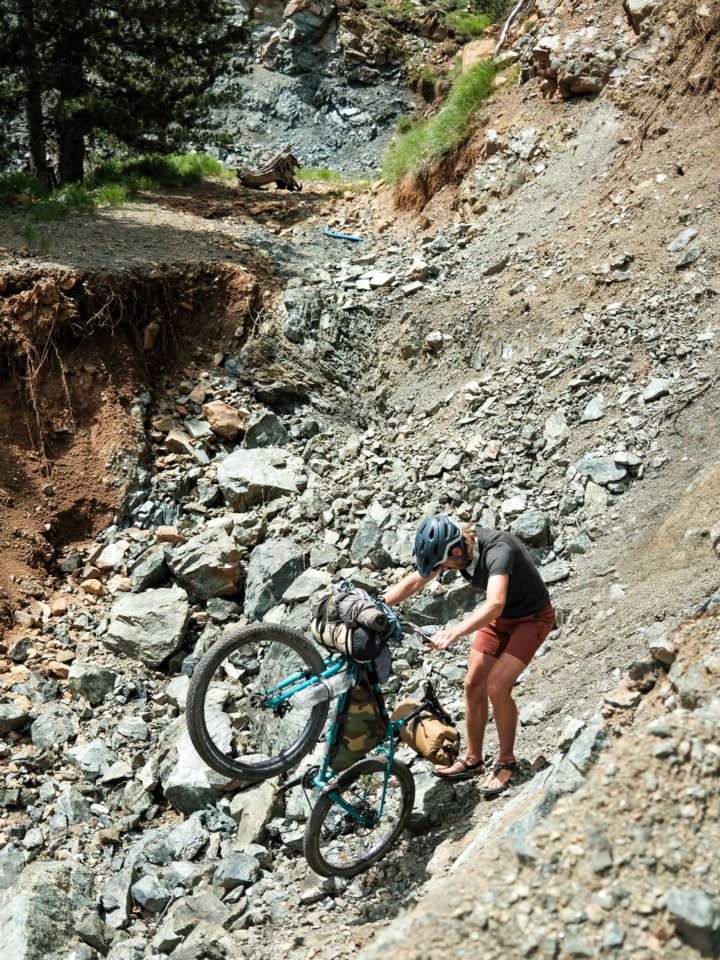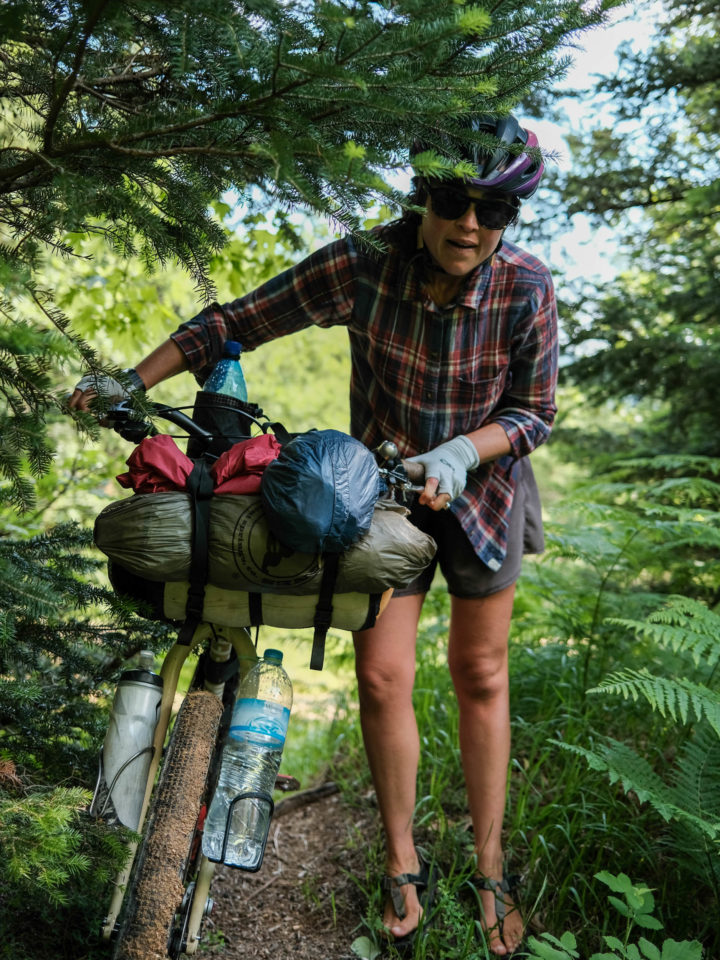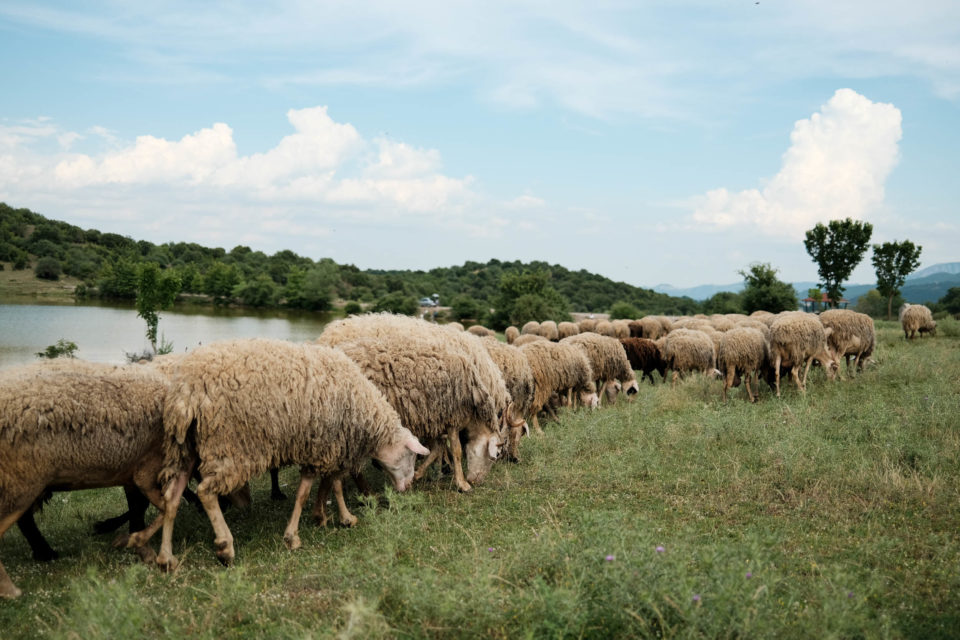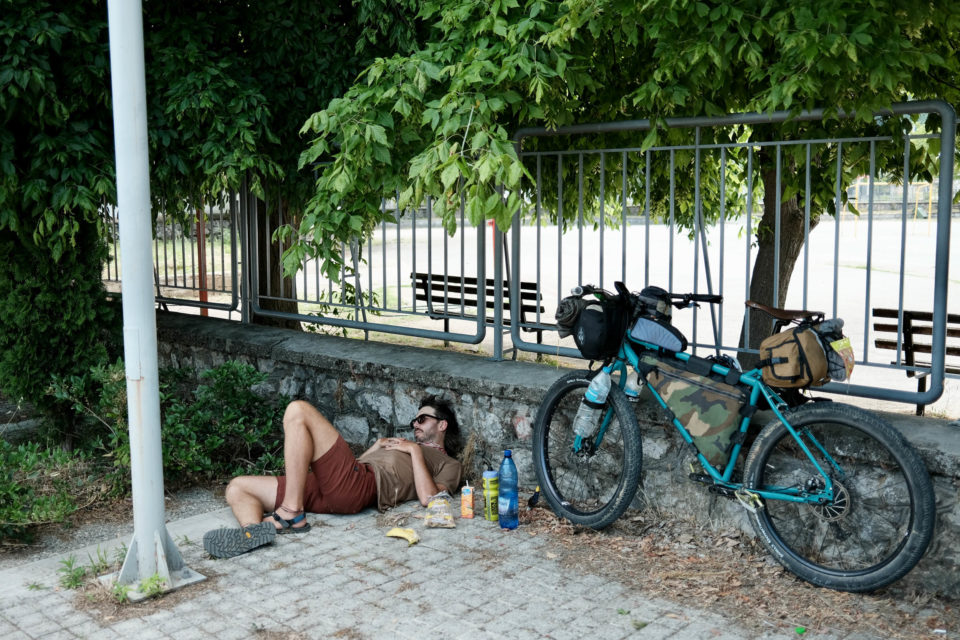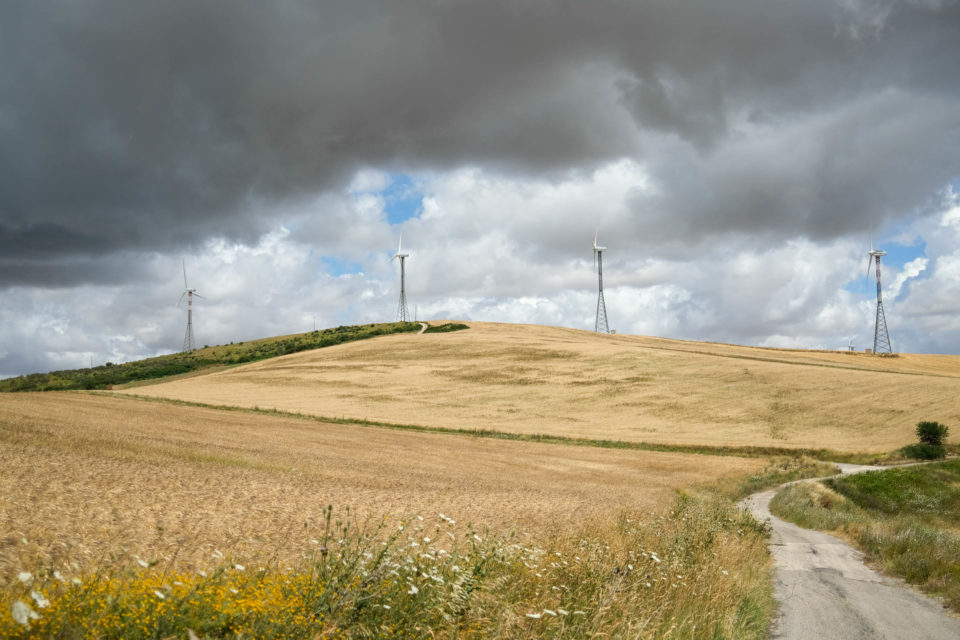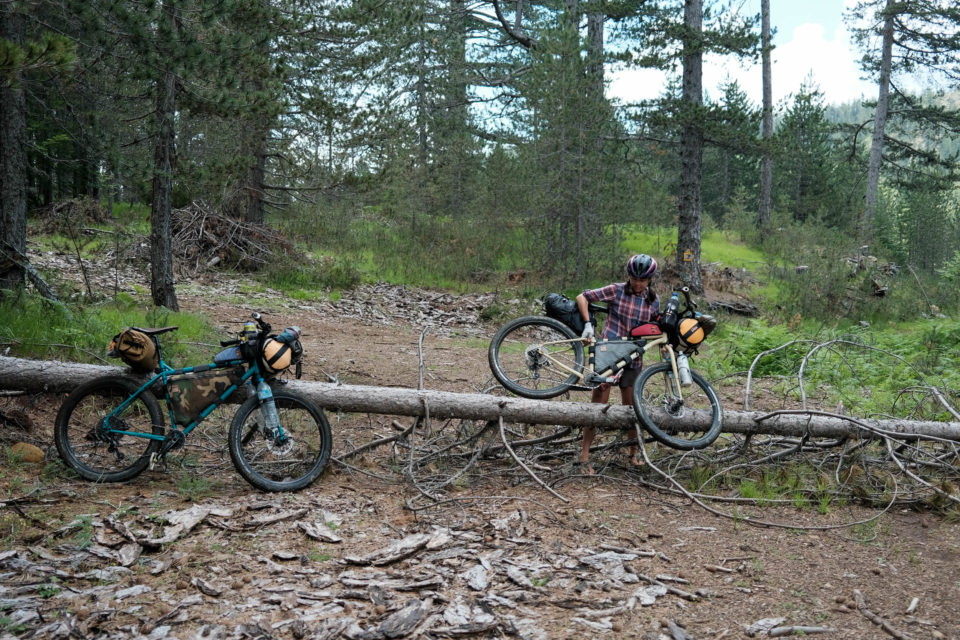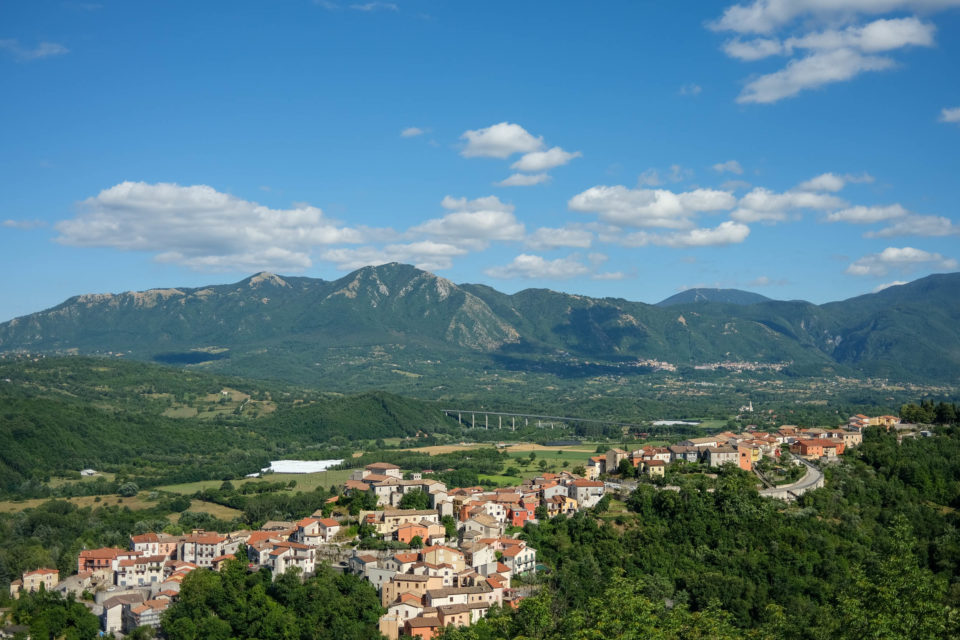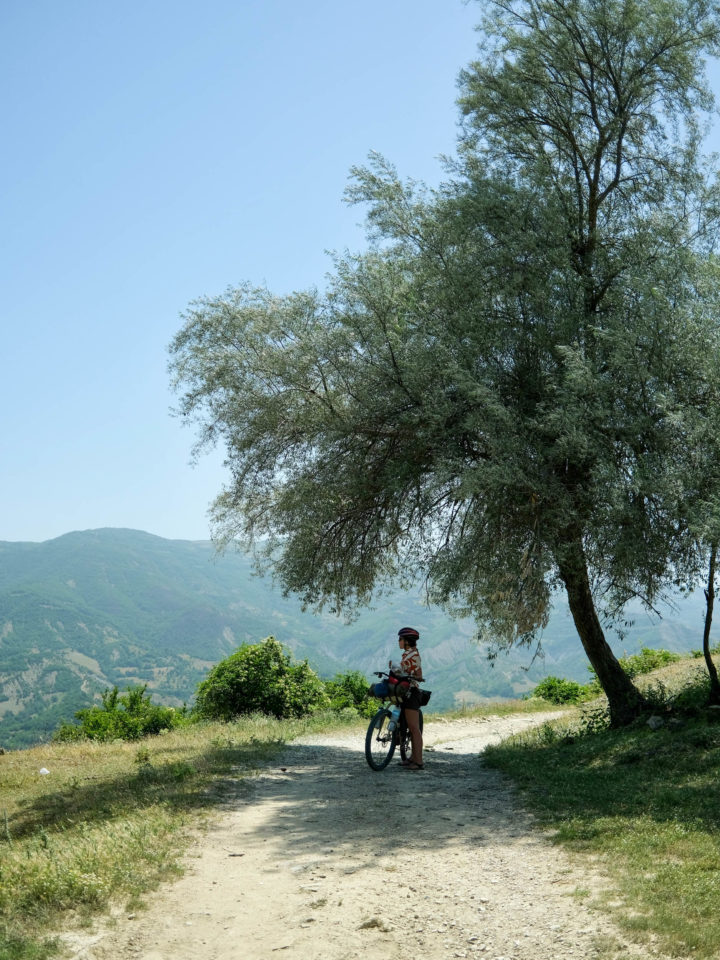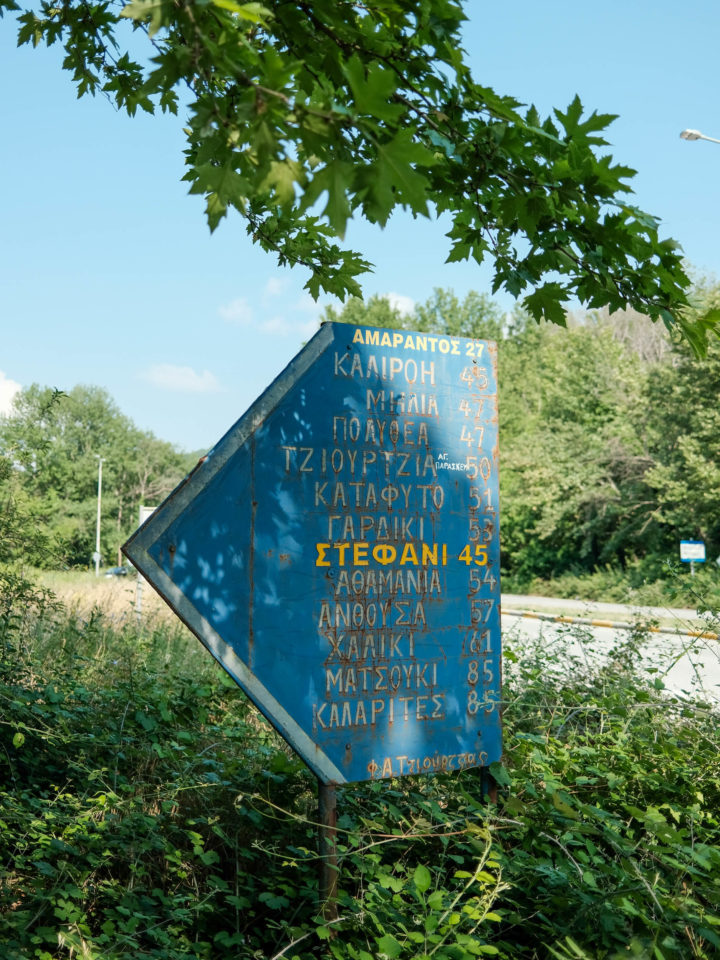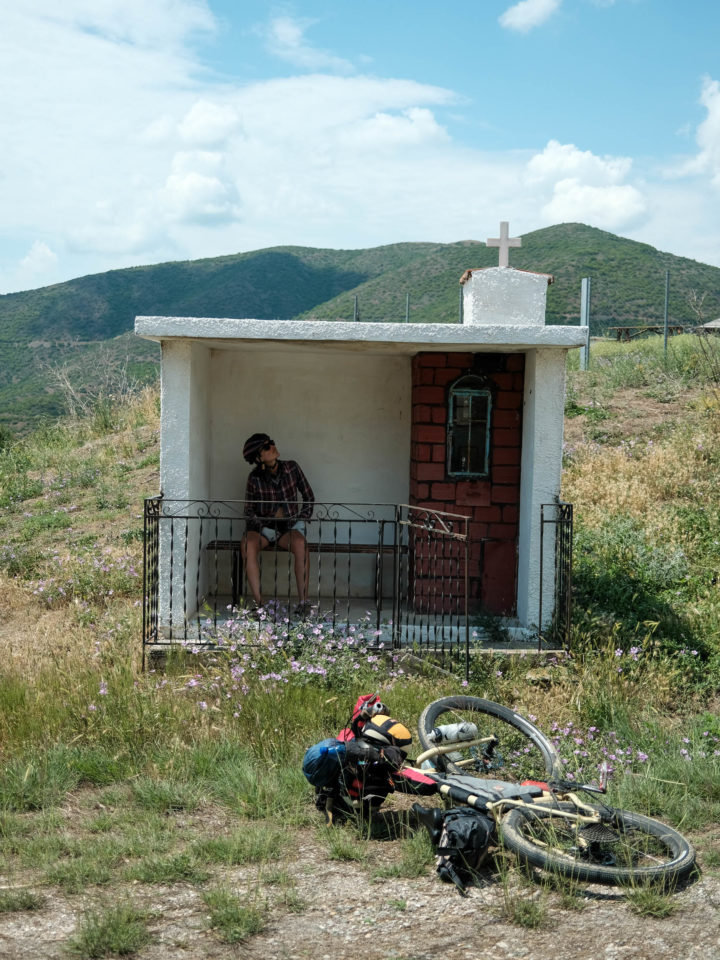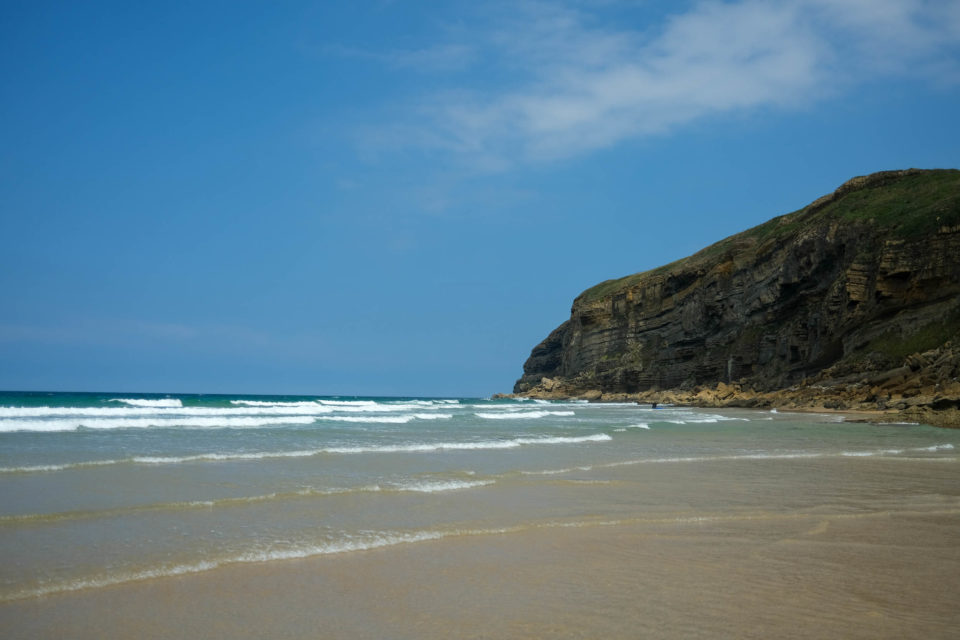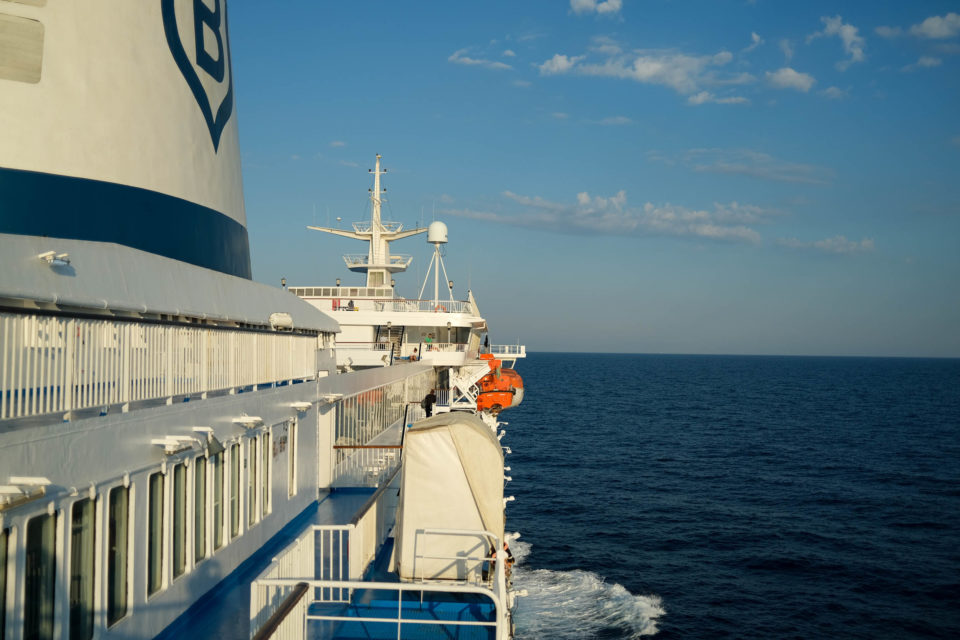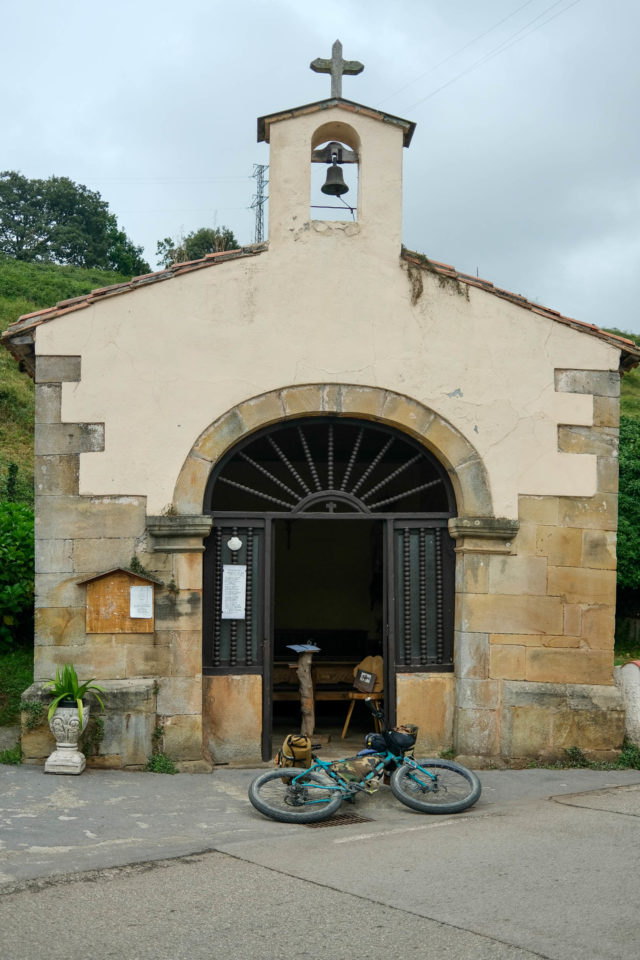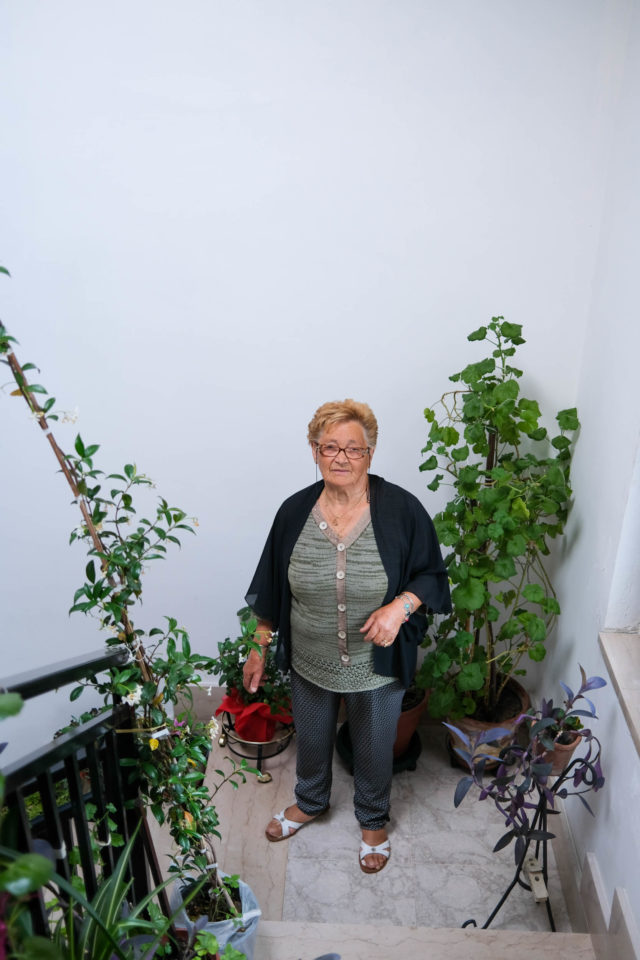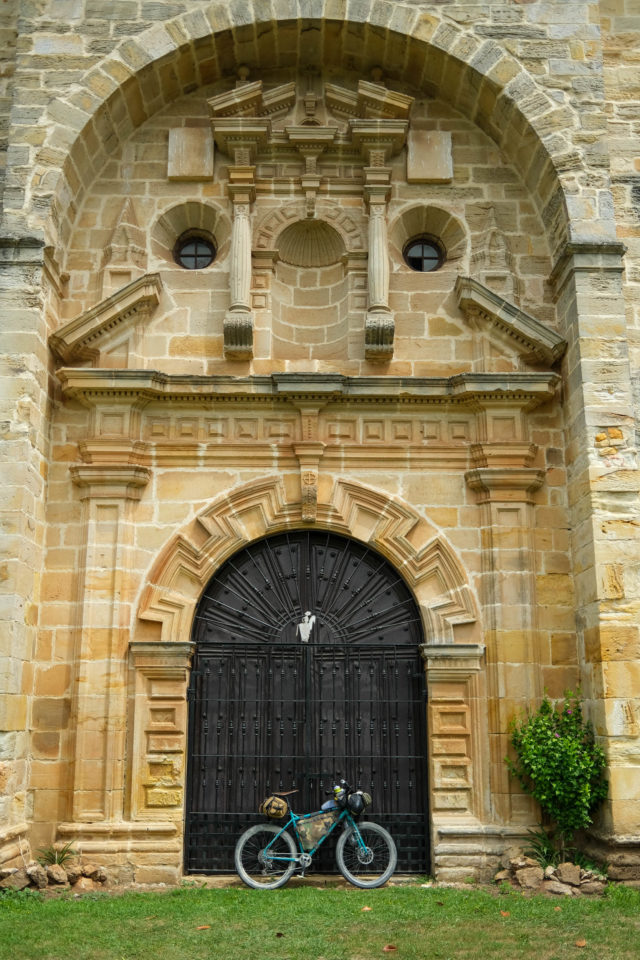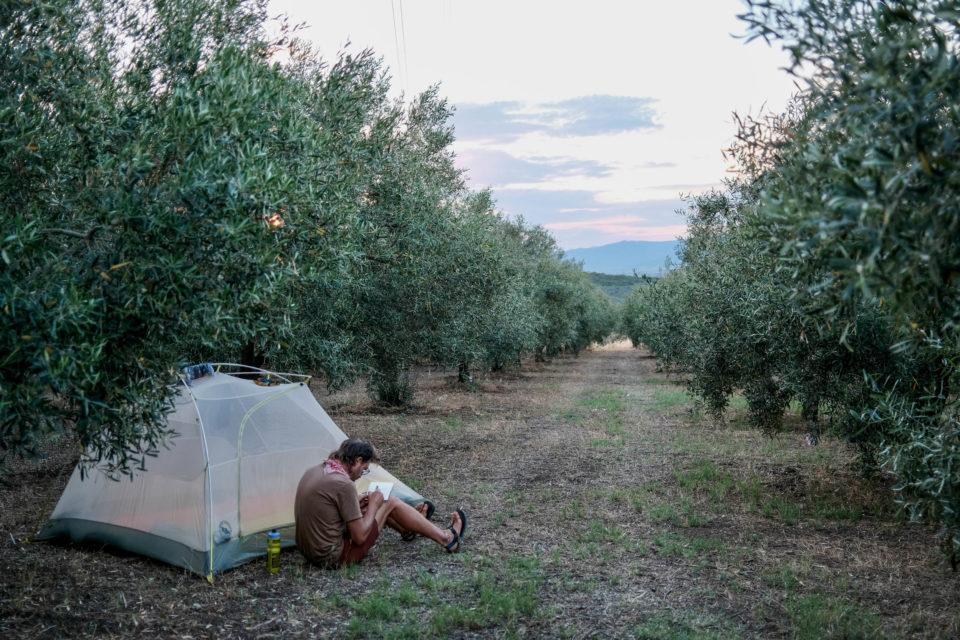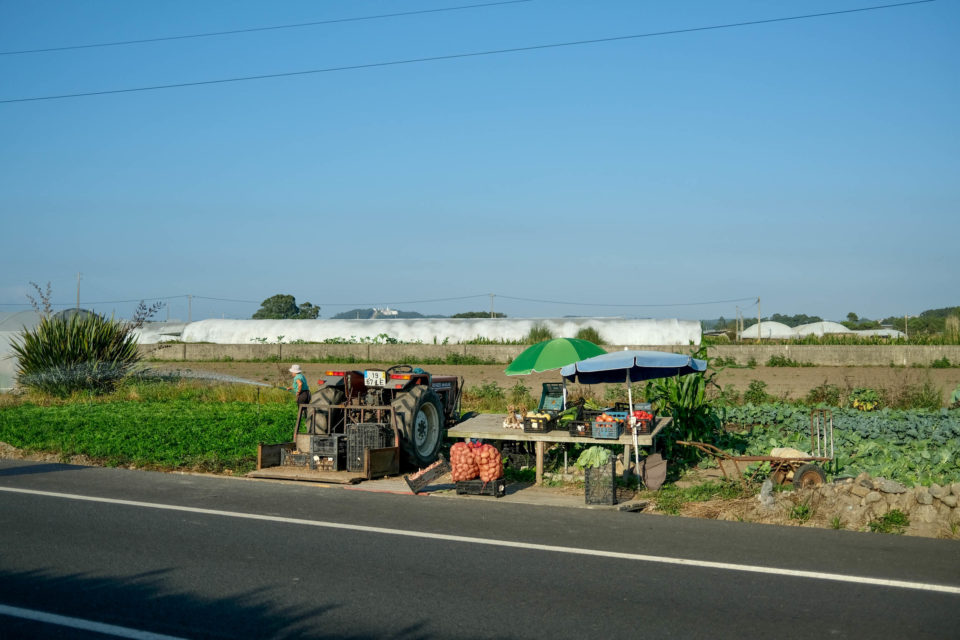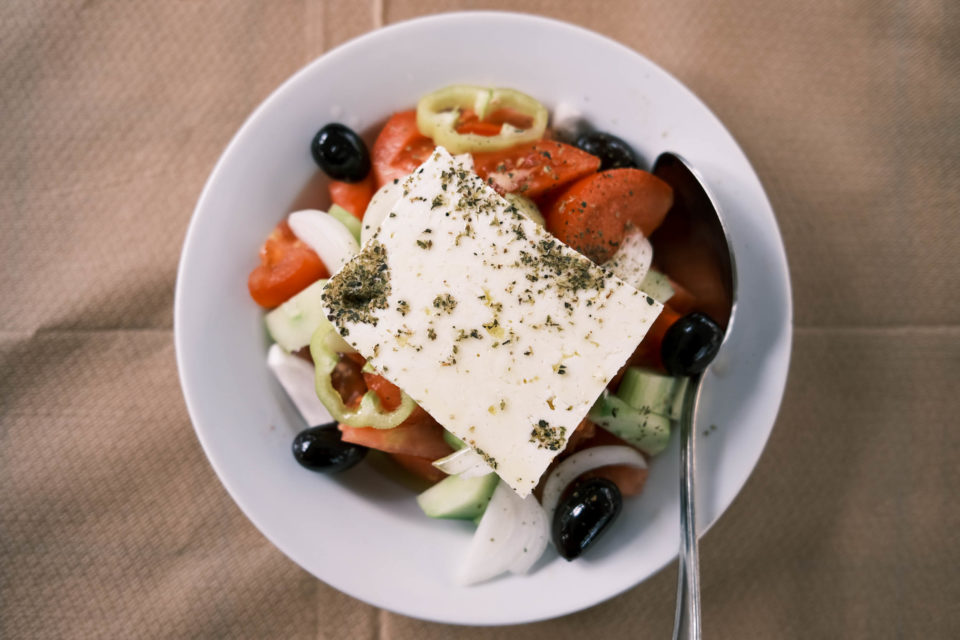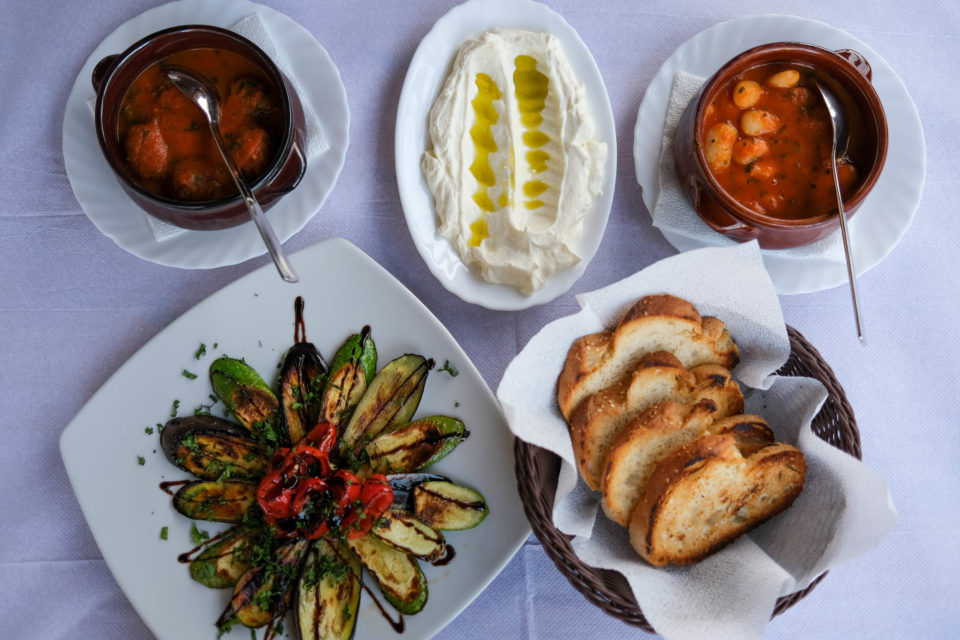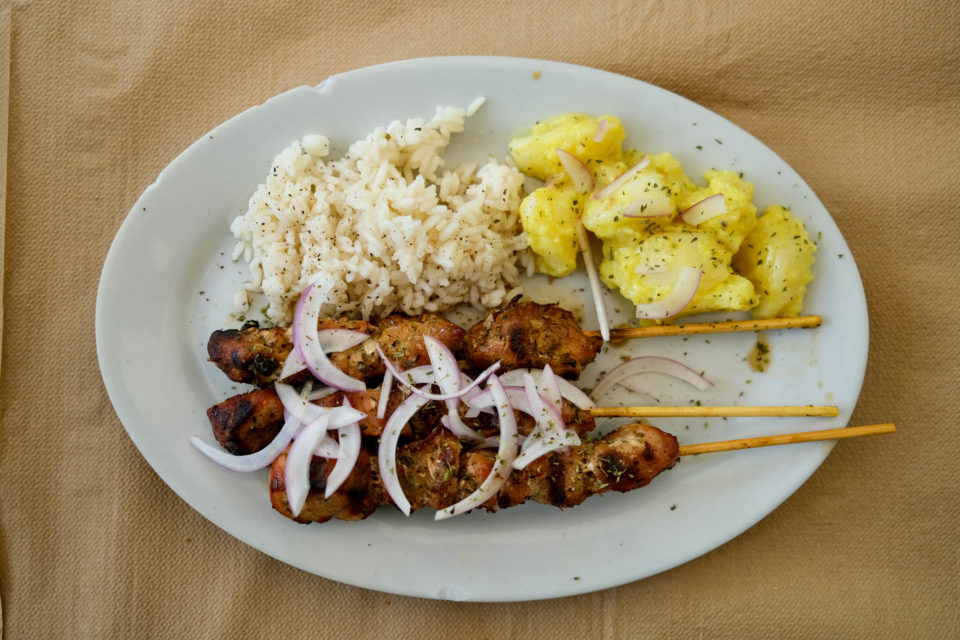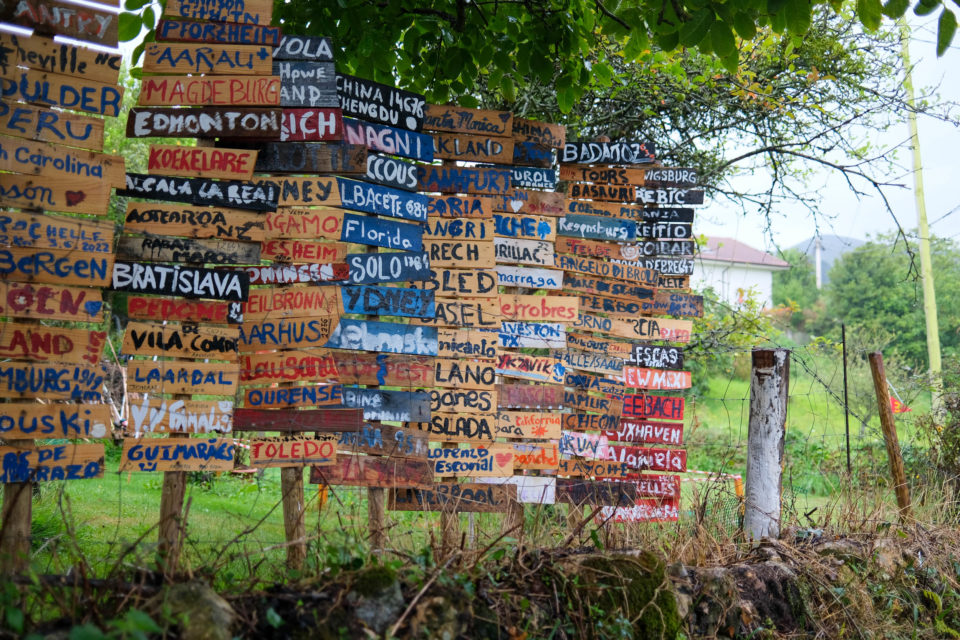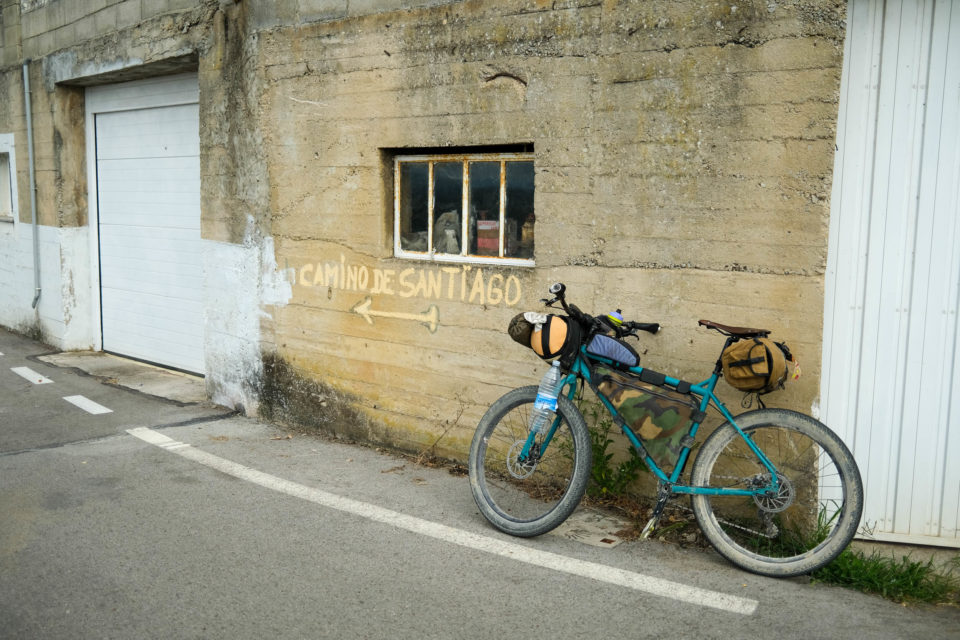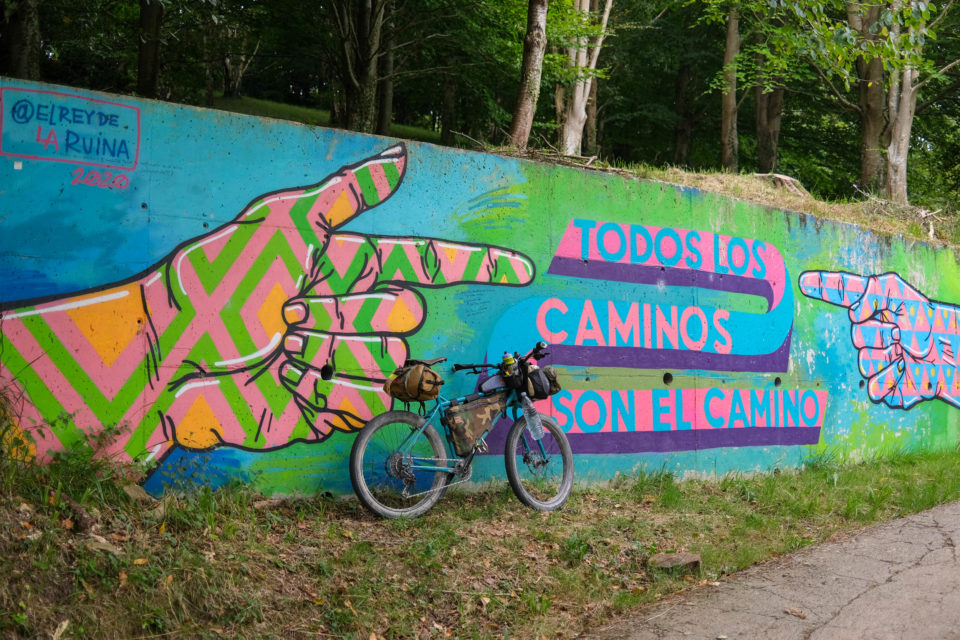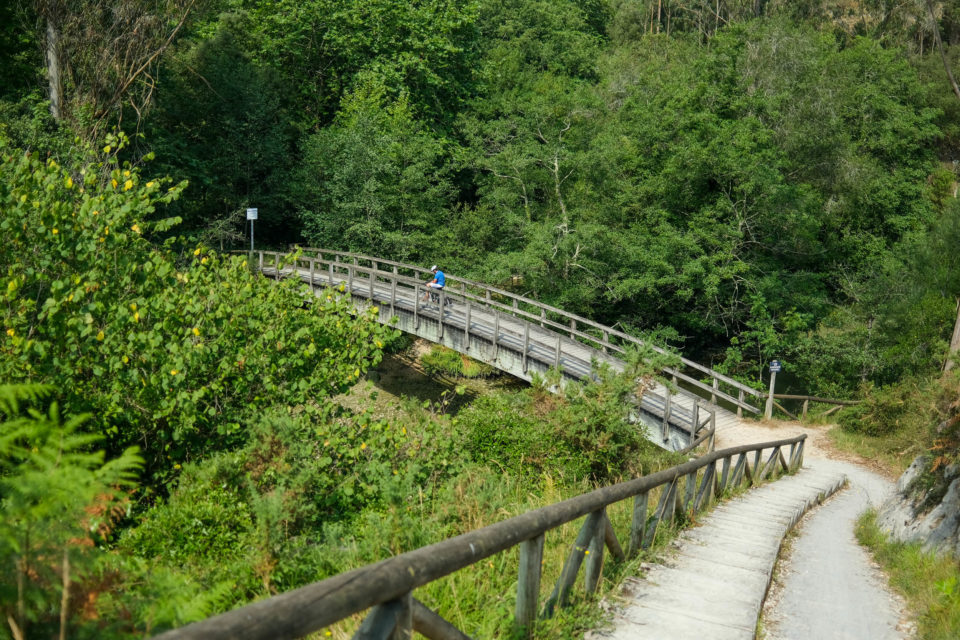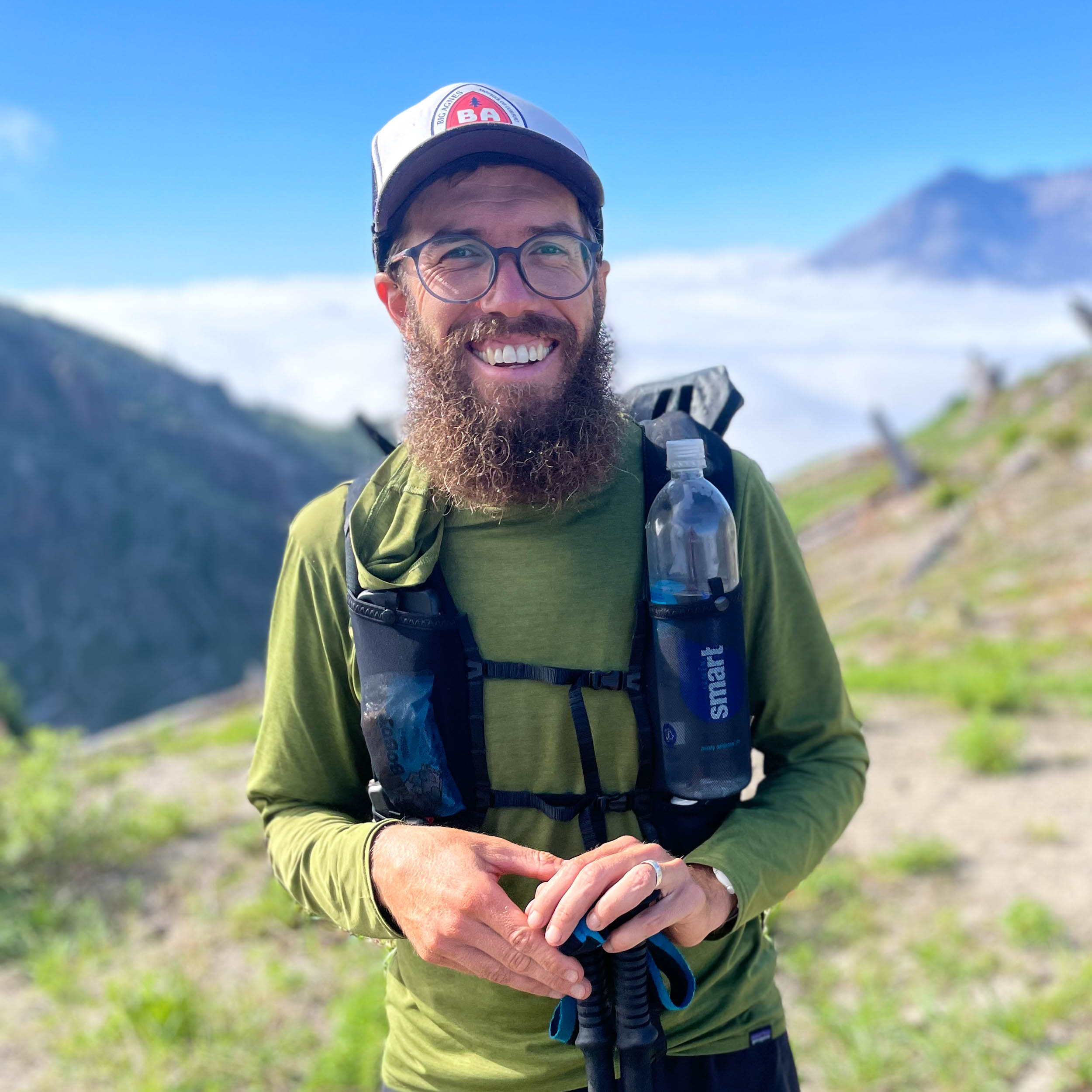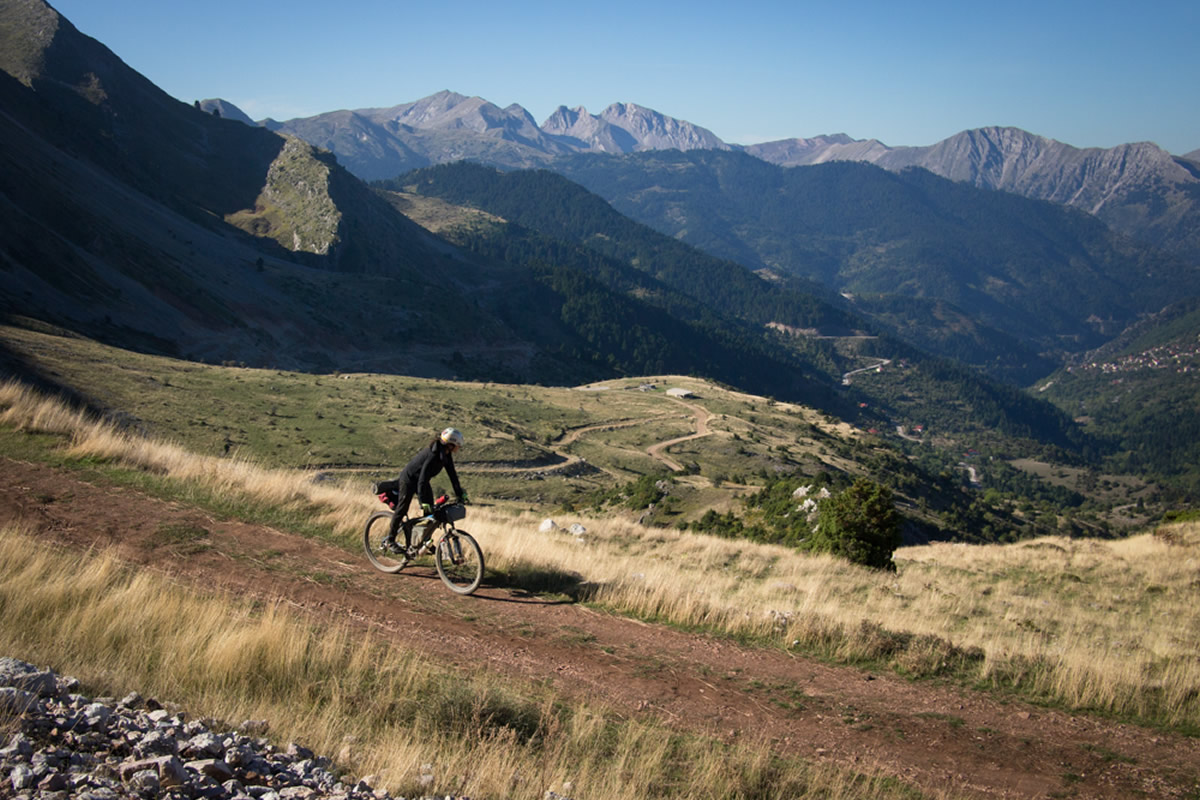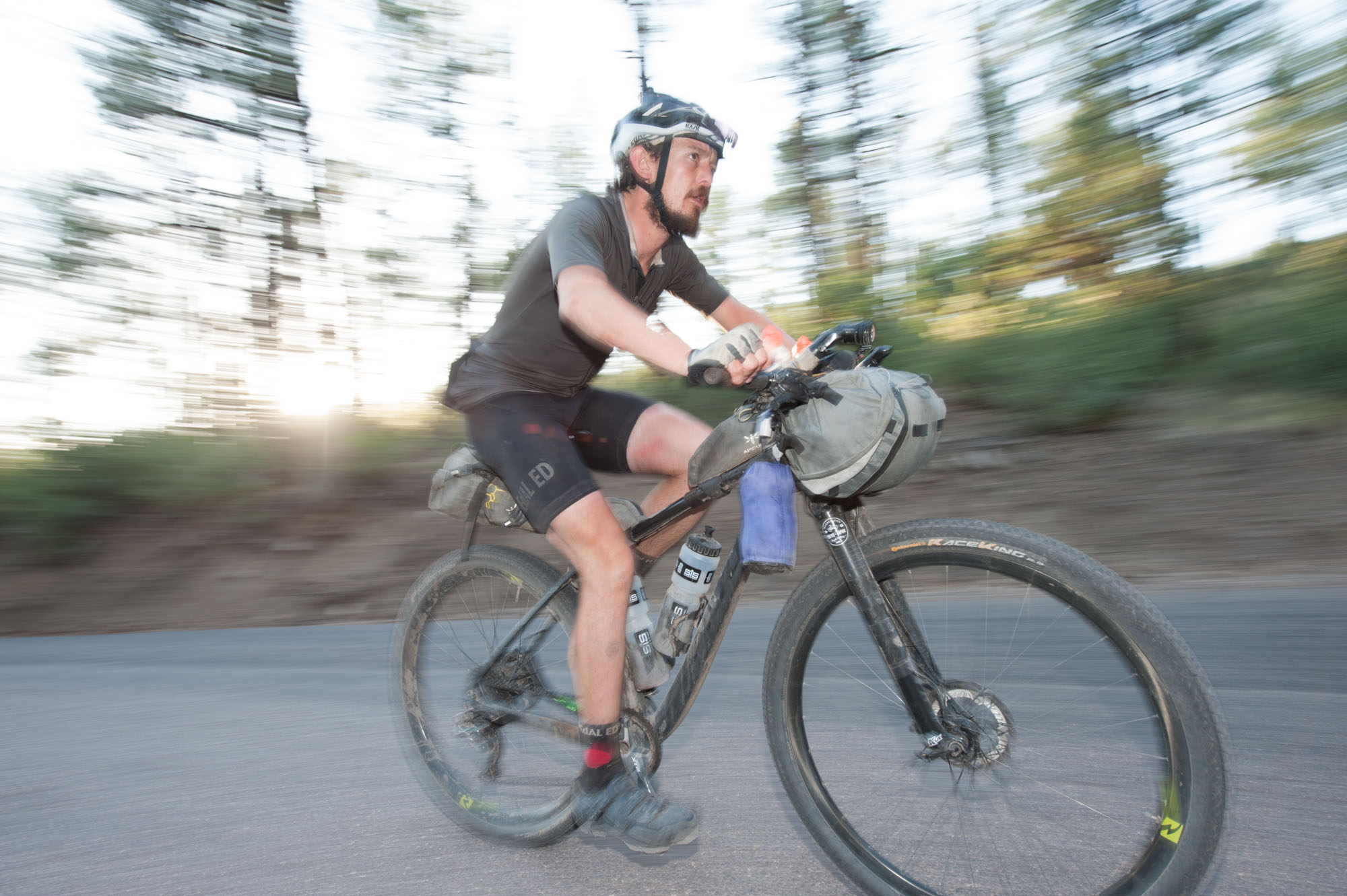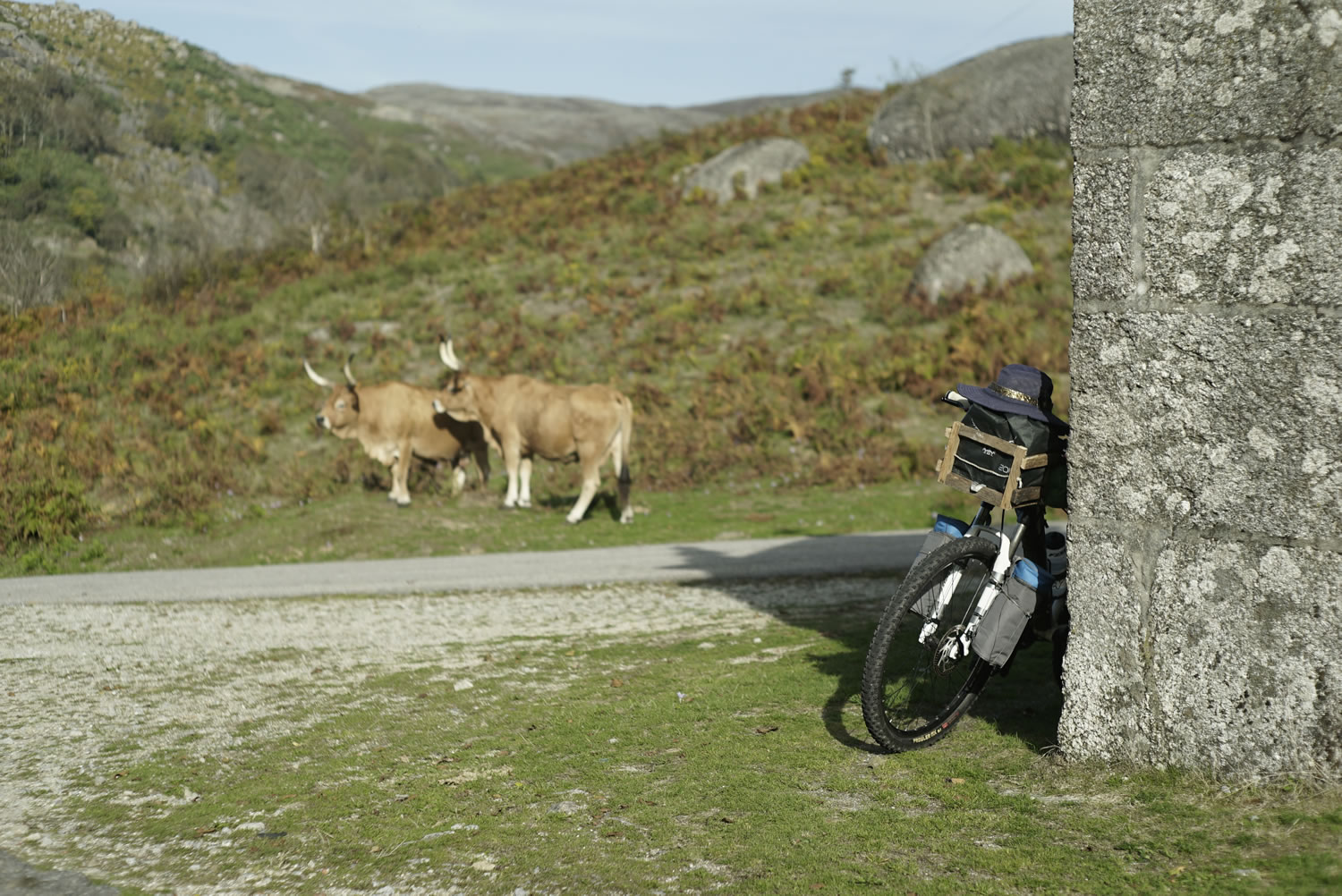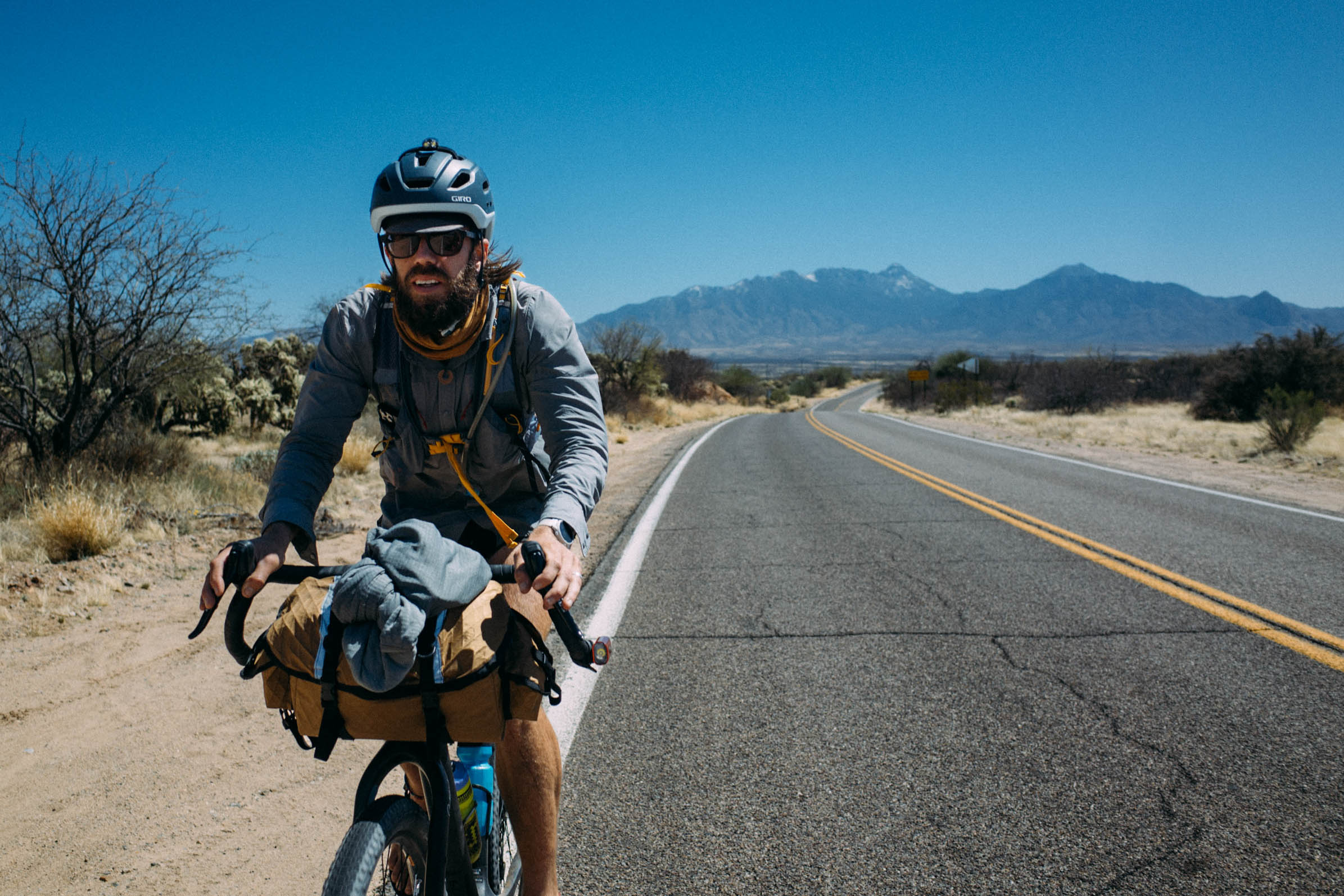What is Gum? Pedaling and Pondering in the Mediterranean
While touring across Albania, Greece, Italy, and Spain, Henley Phillips found some space amid a busy year to consider a handful of life’s big (and small) questions. Find his story of riding toward resolution while remembering to slow down and enjoy the present moment here, plus a vivid gallery of photos from around the Mediterranean…
PUBLISHED Nov 16, 2022
Words and photos by Henley Phillips
I started chewing gum somewhere in southern Albania, a little north of the Greek border crossing of Mertziani. My wife and I had just pedaled through Greece, following the Bike Odyssey route here and there with its incredibly steep, often very faint, path north into Pindos National Park. The Pindus Range is an extension of the Dinaric Alps and is sometimes referred to as the “Spine of Greece” given its dramatic rise from the surrounding plains. It’s an impressive and isolated corner of the country that, in another world, would be swarming with people, services, and nice roads granting easy access. Instead, we had the doubletrack, the quiet mountain plains of the park, and the bears all to ourselves.
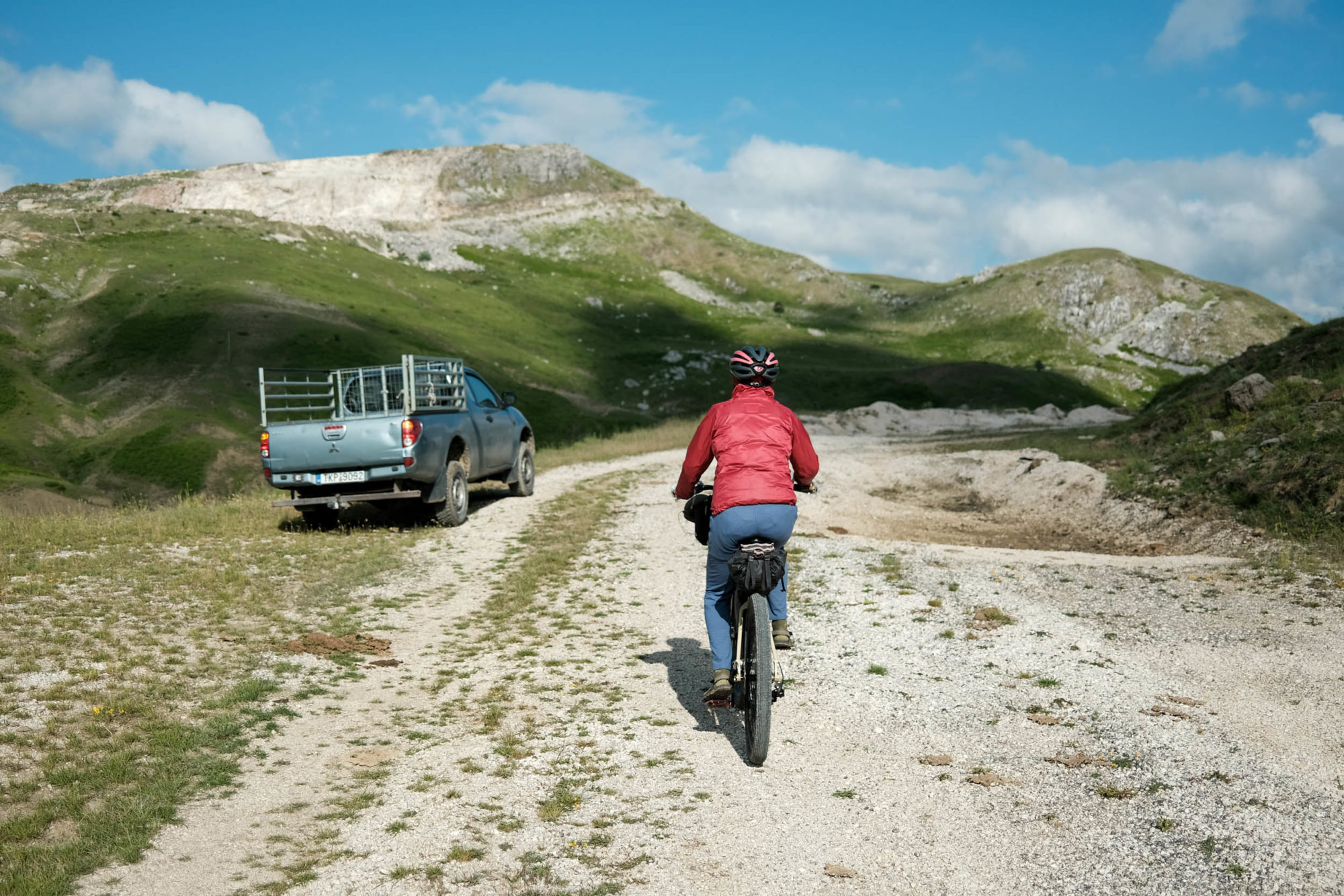
Before crossing into Albania, we stayed a night in Konitsa, Greece, and I spent the evening reading old Tour Divide interviews with Mike Hall. In them, he mentioned sucking on mints to keep his mouth from drying out. It was getting hot, so I substituted gum for mints and bought my first pack in years at a kiosk in the old town square.
We had arrived in Albania with no plan and no idea of what to expect. My journal is full of impressions that felt unique at the time but could be confirmed with a quick internet search: Southern Albania is hot; not a lot of people around or much agriculture; the buildings and people feel cold, likely a result of a Communist history full of suspicion and spying; the coffee is strong and very cheap. Most days, as the sun really started to beat down in the hours after lunch, we’d pop in a piece of gum for the immediate saliva-producing relief that our parched throats desired. Our water bottles would have warmed to the point of providing almost no satiation, and the sting of mint gum did wonders for our spirits.
Albania rolled along in a haze of afternoon heat, coffee stops, and bellies full of byrek, the national pastry filled with cheese and folded into perfectly baked triangles. Rural Albania, specifically its old mountain roads and villages, is built in impressive layers of slate gray stone that turn ordinary, functional pieces of construction such as roads and roofs into works of art. Occasionally, we’d pass fields of fresh-cut hay and others being burned for the season to replenish the land for next year’s plantings. Horses, cows, and sheep crowded the roads, and there were many confounding moments where modernity and tradition worked side by side.
One day a little north of Berat, I badly wanted a piece of gum, but it was only late morning, and I couldn’t justify it. It was intriguing how quickly our mouths moistened and ran with saliva with just the first bite—almost an adrenaline rush. I was pedaling along in gratitude for the small miracle that is chewing gum, when I thought to myself, “Hold on, how does this happen? What even is gum?”
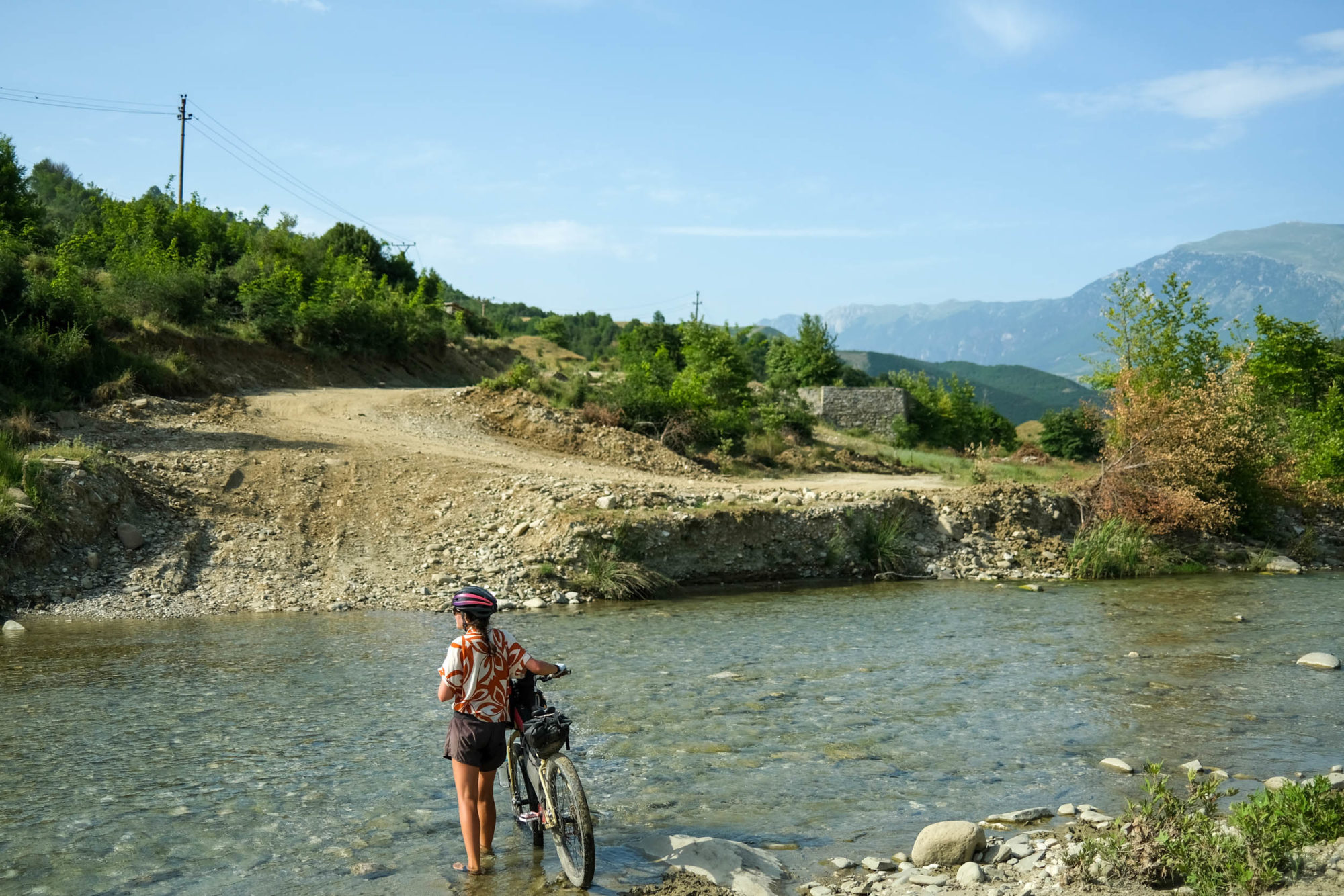
This reminded me that I had a slew of other questions piled up in my head that I hoped to answer during my summer bike tour. I was looking forward to settling into the simple rhythm of pedaling, camping, and pondering a list of brushed-away questions. The list looked something like this:
—What am I going to do for work when I return?
—How am I going to pay back my unexpected student loan debt?
—Was I a good husband this past year?
—Am I depressed?
The previous year had not been a good one for me. I had made it through the early days of the pandemic as a graduate student and student teacher entering public education. I was fortunate to stay safe and healthy, but working from Zoom didn’t paint an accurate picture of what my first year of teaching would entail. In the first week of the fall semester, challenging student behavior triggered a kind of trauma that I didn’t know existed from previous work experience. I worked 60 hours a week just to get by and be ready for the next day.
Unaware at the time, all of this would lead to months of anxiety around work, dreadful morning bike rides to my classroom, panic attacks, uncontrolled fits of tears, and living in a mental haze once I arrived home in the evenings. My wife and I were set to part ways in Tirana, the capital of Albania, and ahead lay weeks of solo bike touring to hopefully work out some answers to these questions. I had the enviable position of being able to leave a bad thing behind, find answers to questions, and see what the occasions of the open road had to offer. That evening, I pedaled to the Albanian port city of Durrës, fell asleep on an ocean ferry, and woke the next morning in Bari, Italy.
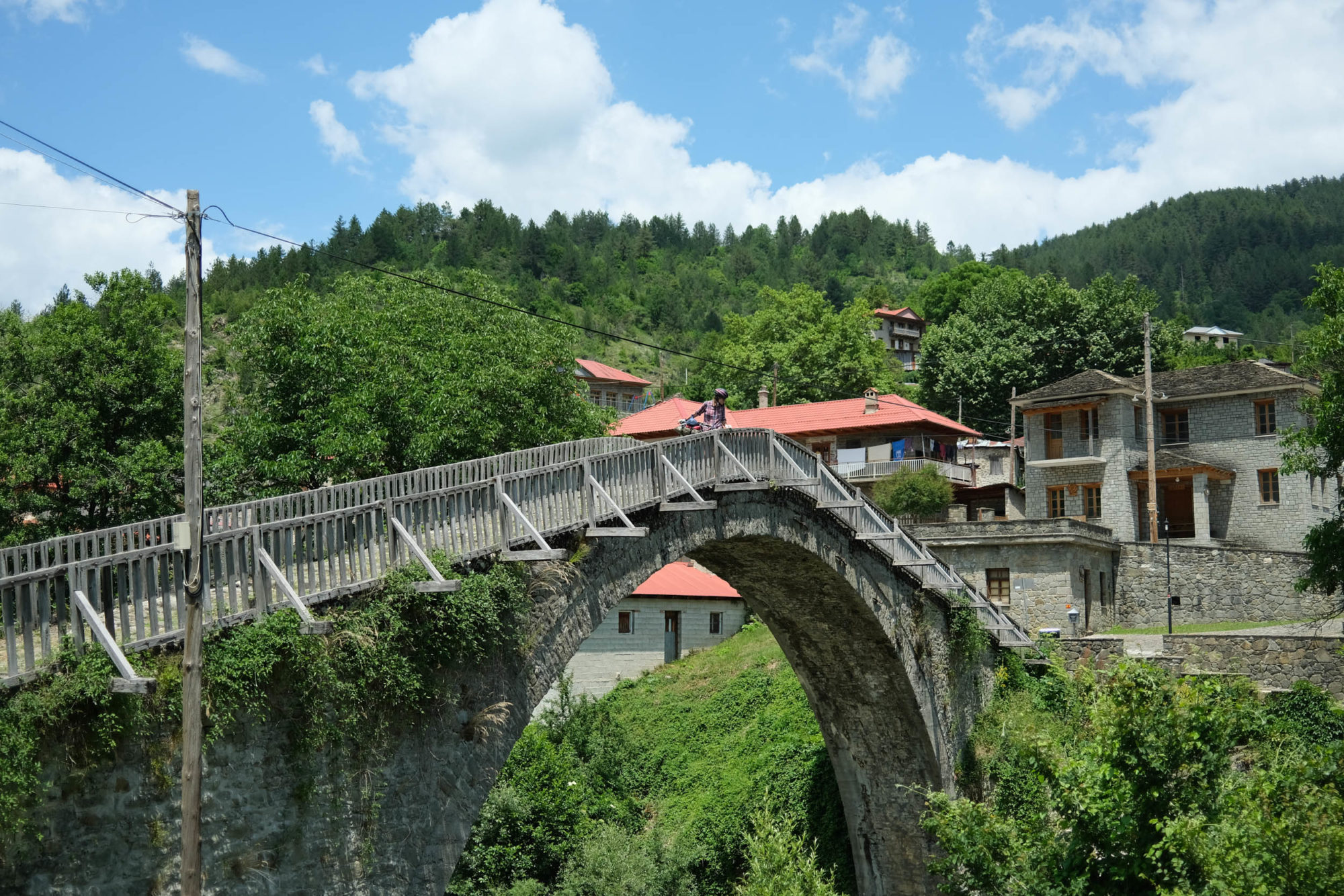
Solo
Italy, though, was not pleasant for me, and answers didn’t come easy. It’s hard to know just how vulnerable you’ve become until you’ve stepped away and the repercussions begin to really settle in around you. I crossed the Italian regions of Puglia and Campania in four days and could only ever bring myself to consider what lay in front of me: water, a broken tent, figuring out dead ends, and non-existent roads. No mental space for anything else. I felt lonely in the mornings, and the afternoons came in waves of guilt for not enjoying the experience more. I badly wanted to call home. One evening, I was able to find WiFi in a small grocery store in the town of Ruvo del Monte, and I cried in the frozen food aisle as I talked with my wife, trying to come up with a plan for how to pull myself together. I bought Coca-Cola and a bag of chips. I emptied my trash and pedaled on.
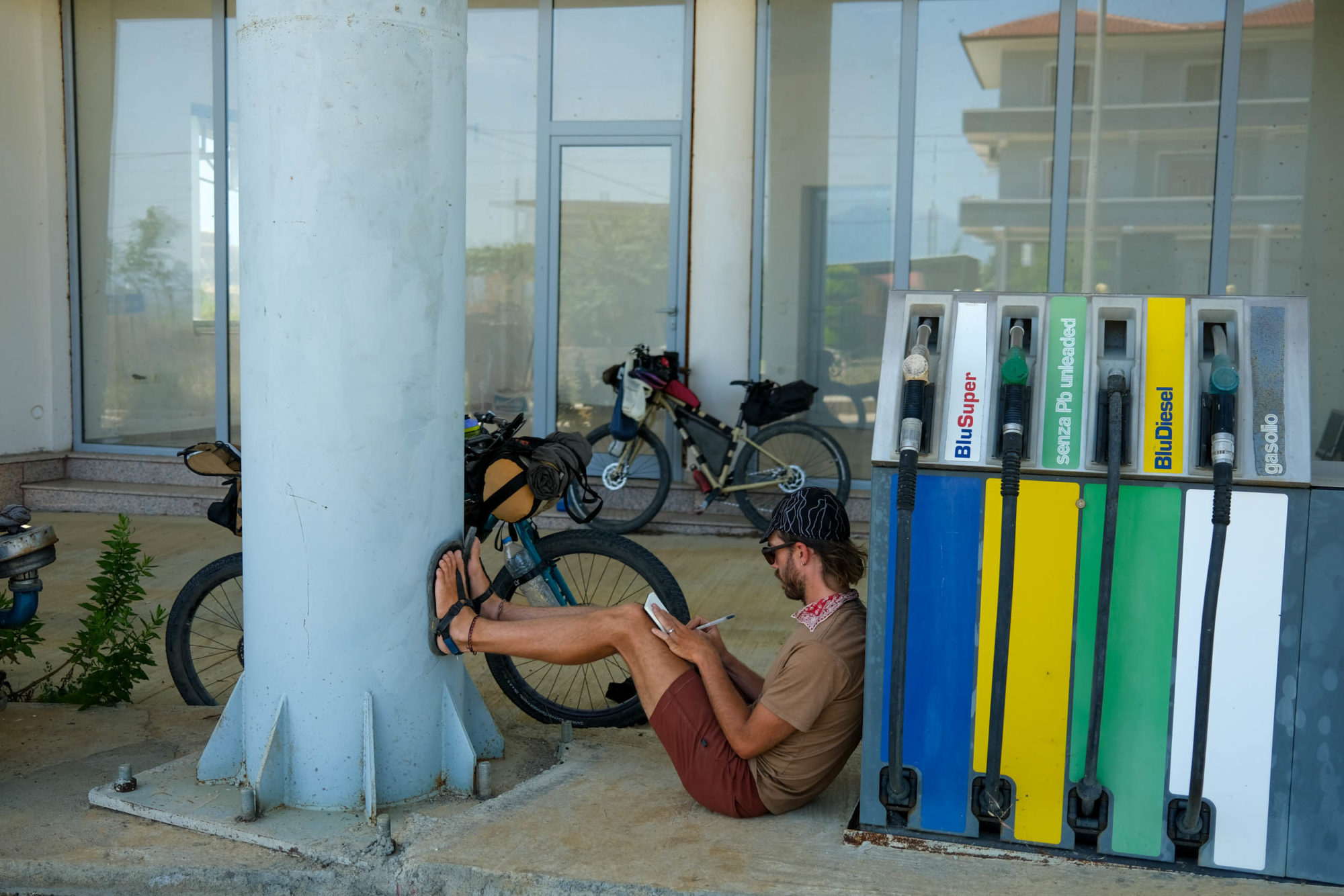
Then, the evening before I descended into the chaos of the Naples metro area, a fiery Italian nona named Genovetta scooped me from the town square of Volturara Irpina and restored my spirits. She motioned for me to follow her home, and once inside, I was given the grand tour of every single room and the hundreds of framed photos that adorned the walls. The kitchen housed an impressive liquor cabinet and still more photographs of Volturara in Winter, Volturara in Spring, and Volturara in celebration of various Catholic saints. Love poured forth in offers of strong coffee and spirits, bowls of fresh fruit, freshly boiled green cabbage salad, and mounds of pan-fried polpettes. At the end of a four-hour stay, and only after walking through town to eat gelato together, I said goodbye and pedaled into the late night with a plastic bag of food swinging from my handlebars.
A heat wave followed. I had made it to Spain and frequently stopped at cafes in the afternoon to drink cortados and eat patatas bravas, where I’d catch news of the record-setting heat that was pulsating through most of Europe. The only place of relative refuge from the high temperatures was the northern coast of the Iberian Peninsula, and by early August, I was pedaling the Camino del Norte along the northern coast of Spain en route to Santiago de Compostela as a bicigrino.
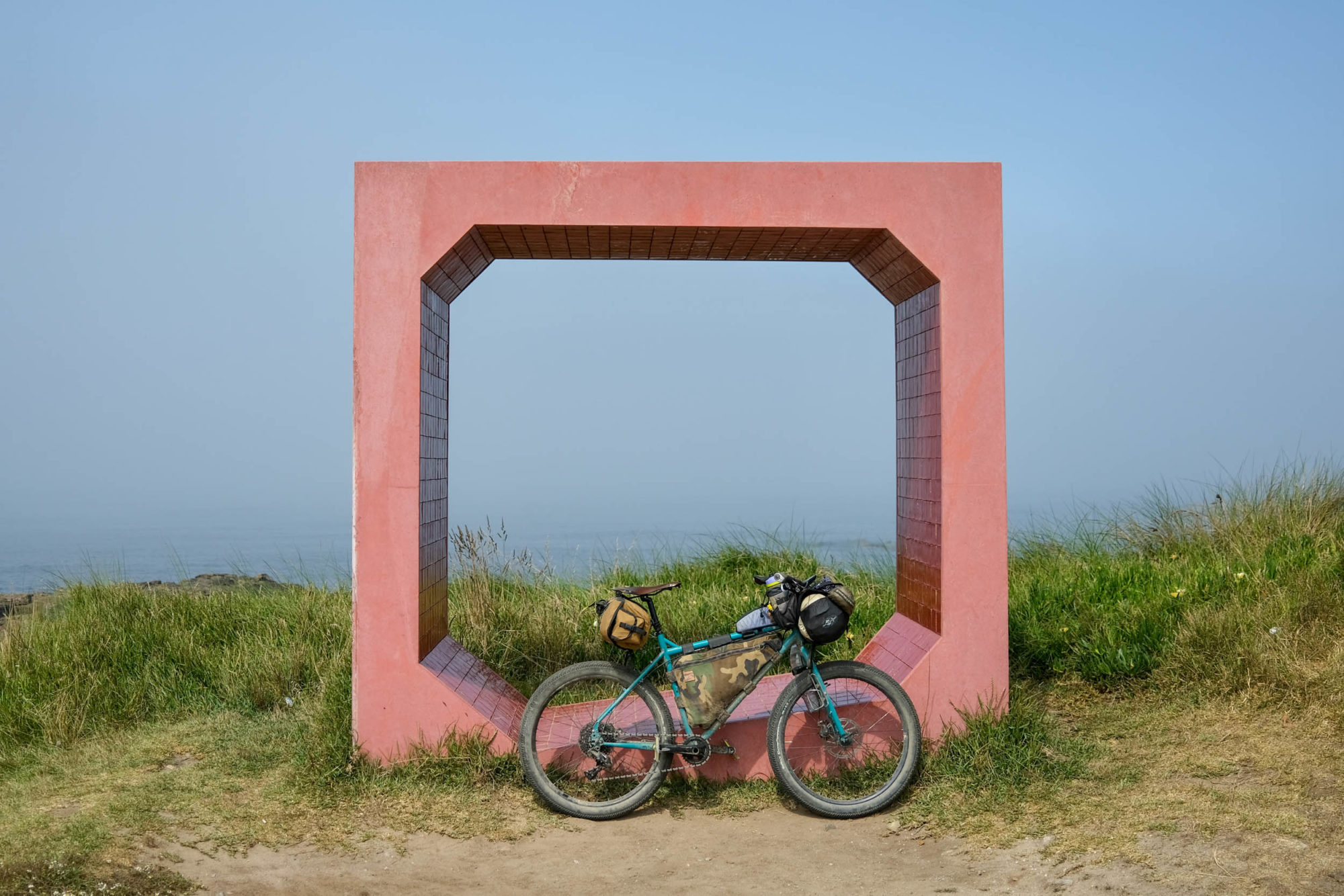
Thousands of people complete a pilgrimage of some distance along the Camino de Santiago every year, mostly by foot and most explicitly motivated by a spiritual connection to the cathedral in Santiago. For me, I had realized that I wasn’t getting far in my efforts to confront the difficult questions of my mental health, my marriage, or the ability to take care of myself financially. Most of my pedaling days were spent absorbed in the present details of communicating my needs in a foreign language, sleuthing campsites, and always calculating whether or not I had enough food to get from A to B. I needed the weight and reverence of thousands of years of tradition to push me toward answers, and I had about 500 miles of pilgrimage to figure them out.
But it wasn’t until reaching the Asturian capital of Oviedo that things became more clear for me. Here, the original pilgrimage route heads inland and up into a region of impressive green folds dotted with sleepy villages, monasteries, and a wonderful collection of dirt roads and paths shaded in oak and pine. Every day, I’d stamp my pilgrim credencial in a bar or church to validate my journey. My favorite stops were the small, unstaffed, and unassuming chapels that resolutely sat, rain, shine and through the centuries, offering a place for travelers to rest and affirm their efforts. These chapels often had little in the way of furnishings—a few wooden pews, a couple of pictures of the local saint, a collection of candles burned to various heights, a donation box—but to me they were imbued with a sense of calm and steadfastness that I envied. I hadn’t felt strong and capable in the past year. I constantly worried that I was incapable, out of control, and unable to do anything about it. I worried about being worried.
In all of my riding along the Camino de Santiago, I never felt a connection to Catholicism or Christianity, nor was that ever my intent. I did, however, gain an appreciation and reverence for the effort of a pilgrimage—the body and mind exerting themselves and the willingness to try, examine, and ponder. And so, in that way, a long bike ride leveled me out this summer, and I came to answer some of the questions from the beginning of all this. No, I wasn’t a good husband this past year, but I did my best. Yes, I was depressed, and at times, emotionally unsteady. No, I’ve got no idea what to do for work or how to pay back my loans.
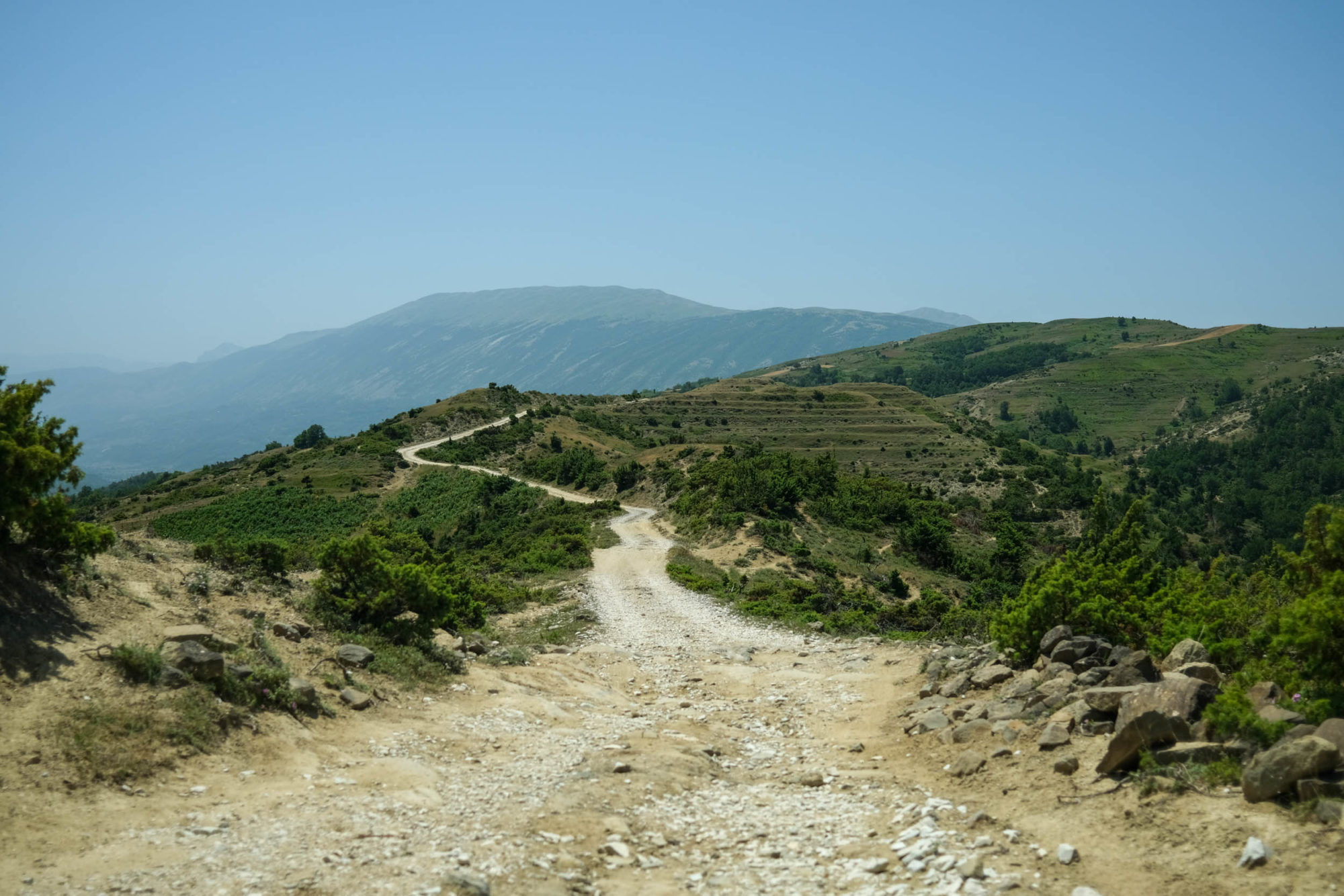
On a bike tour, questions beget questions. So, now I wonder how to do better the next time I find myself in a similar situation in life. How can I better cope with waves of panic? How can I support my partner when I feel emotionally exhausted? Do I need my work to be meaningful or just a means to an end? Am I too proud to talk to a therapist?* Late August came, and I was ready to be home again. I took what felt like a victory lap down the coast of Portugal and slept within earshot of the Atlantic Ocean most nights. Pasteis de nata for breakfast, canned sardines for lunch, and salty evening swims to cap the days. I arrived in Porto feeling full.
But some questions take a while to answer. It wasn’t until sitting down to write this that I remembered to research the answer to the question that started this whole thing: What is gum? A quick search on Wikipedia says that chewing gum “is composed of gum base, sweeteners, plasticizers, flavors, colors, and, typically, a hard or powdered polyol coating.”
Which only leads me to the next question: what the hell is a plasticizer?
*Some companies offer an Employee Assistance Program that can include coverage for mental health counseling as well as support for financial/legal services, childcare and senior care.
Related Content
Make sure to dig into these related articles for more info...
Please keep the conversation civil, constructive, and inclusive, or your comment will be removed.







